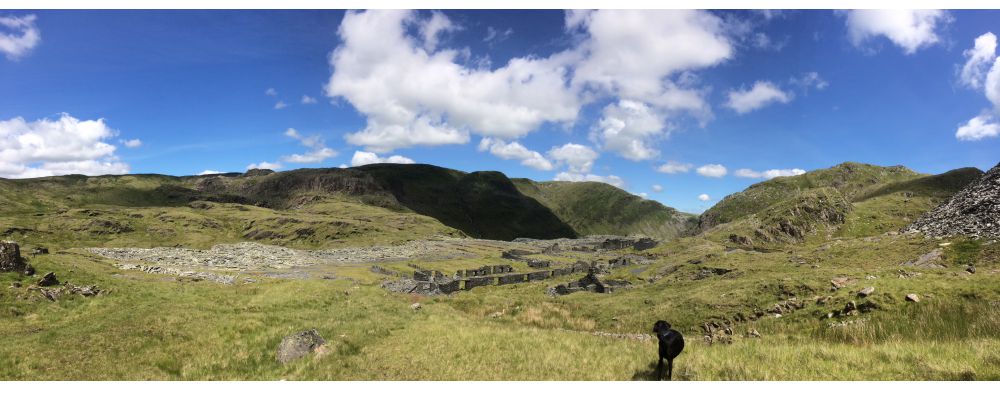
What is an ultra marathon?
You may be familiar with the marathon – an organised footrace that spans 26 miles, 385 yards (42.195km). The standardised marathon originated at the first modern Olympic Games in Athens in 1896. Have you heard of its tougher, longer cousin, the ultra marathon? This category of race is capturing the public imagination and growing in popularity as a result, but what is an ultra marathon?
Ultra marathon races ask participants to cover any distance beyond that of a marathon, typically starting at 50km. In modern times, ultra long distance footraces are organised into standard measures of either distance or time, such as 50km, 50 miles, 100km, 100 miles, 24 hours, six days or 1000km. Non standard race distances are usually defined by geographical start and end points, such as the Trans America Footrace which stretches from Los Angeles to New York (3000 miles/4800km).
Surprisingly, the ultra marathon is far older than the standard marathon we know today, although it was originally known by another name - pedestrianism. The art of walking and running long distances has always been enjoyed by both men and women, and modern iterations of the sport welcome both genders to compete for single honours rather than the separated categories of old.
So what is the attraction of covering enormous distances by foot over a set period of time? Often, it’s a combination of factors which is leading ultra marathons to become an incredibly popular sport. While many marathons are conducted in cities and urban areas, ultra marathons are typically conducted in remote areas such as deserts, steep mountain ranges or rainforests. Races are conducted all over the world. The exotic locations and additional challenges offer people a chance to test their limits, and they also look great on social media. Where marathons used to be understood as the most difficult footrace to complete, the rise of ultra marathons now leave 26 milers looking a little pedestrian.
Accessibility may also be spurring the global growth of the sport. As more races are established, the level of support for participants is also diversifying. Ultra marathon runners of the past may have found little support along the way, and often had to be self-sufficient in food and shelter over the distance. Modern races will usually have first aid stations, food and water on offer and even tented accommodations for multi-day events. They can be combined with tour packages to help participants explore the surrounding areas either before or after the race itself.